Hey, what’s up?
Today, I wanted to share how you can create a t-shirt design and publishing it to Merch by Amazon or other platforms using only free and open source softwares. Starting from zero.
If you’re a designer, or if you’re running a print-on-demand business or if you’re interested in free and open source softwares, then this could be for you.
Let’s go right in!
TOOLS
- GPT4ALL using an uncensored Mistral AI model. This artificial intelligence runs locally on your computer.
- Automatic 1111 using OpenDalle AI model. This generates AI images locally on your own GPU.
- Inkscape with the trace bitmap feature. This will allow us to create a vector image in the standard t-shirt format 4500×5400 pixels.
- (Optional) Productor Chrome extension to automate the Merch by Amazon upload. I don’t think it’s open source, but it’s completely free to use.
1- IDEAS & PROMPTS
Since we are starting scratch, we will first generate ideas for our designs with GPT4ALL.
As of writing this, Mother’s Day is coming next month, so we’ll be making a design about that niche.
In the prompt, you can enter something like:
Give me 10 simple designs ideas for a t-shirt graphic design without text. Make it about Mother’s Day.
You can obviously change and run this prompt indefinitely for an unlimited amount of ideas.
For now, we will choose this idea:
A heart shape inside a flower with the word “Mom” written inside in cursive script.
2- AI IMAGE
Now that we have an idea for a t-shirt design, we can now create that image into reality by using an AI image generator.
You can just the settings depending on your needs.
For now, we will run this prompt:
A heart shape inside a flower with the word “Mom” written inside in cursive script. Simple black design. White background. Vector illustration
3- VECTORIZE
Now that we have our image, we will turn it into a vector.
Vectorizing an image gives us many benefits, including fixing the image itself if there are any mistakes, but it also allows us to upscale it to the size that we want.
Vector images use mathematical equations instead of using pixels.
4- DESIGNING
Now that we have a vector image inside Inkscape, this is the perfect moment to make adjustments to our design.
A little trick that I like to do is create two designs from one single design. We can do that by simply creating two variants:
- A black design that we can put on white t-shirts and products.
- A white design that we can put on black t-shirts and products.
5- PUBLISHING
Now that we have our designs, we can now publish them on Print-on-demand websites. In this case, I’ll be uploading to Merch by Amazon, but the process is the same for any website.
When I upload on Merch by Amazon, I use two windows of my web browser because it is easier to work with.
When the designs are upload, I then use Productor which is an amazing free extension for Merch by Amazon. With it, I simply run some templates that I configured, I use one for the black design and another one for the white design. I then let it do its job.
Now, for the titles and descriptions, I usually use Podly to generate them. But since this is a paid tool and this video is intended to be only free and open source, I’m going to return to GPT4ALL to generate this information.
I’m going to run this command:
Can you generate the following information for a t-shirt design about “A heart shape inside a flower with the word “Mom” written inside in cursive script”
Title of maximum 60 characters (I use this description for both the title and brand)
2 description of maximum 256 characters
Up to 15 single of two-words keywords. Avoid the words: t-shirt, tee, gift, shirt or reference to the product itself.
CONCLUSION
In conclusion, I think it is very possible to use free and open source softwares to create print-on-demand products, listings and descriptions. What I particularly like about this method is that I generated everything privately using my own computer.
The ideas and descriptions were generated by GPT4ALL running on my hardware.
The image was also generated using AI using my own GPU.
I think that’s pretty cool.
That being said, I think it gives me a little more challenges in the way that you have to use your own hardware and resources adequately.
For example, I couldn’t use Automatic 1111 and GPT4ALL at the same time because my GPU didn’t have enough VRAM to run everything at the same time.
Also, if you’re going to do AI illustrations, it might be better to use a model that specialize in illustrations in order to have the best image possible.
So that’s pretty much it, I hope this was helpful to you. If this blog was valuable to you, you could consider following me on social media and if you have any thoughts or comments, you can leave them below.
I hope this helps, peace!

Leave a Reply